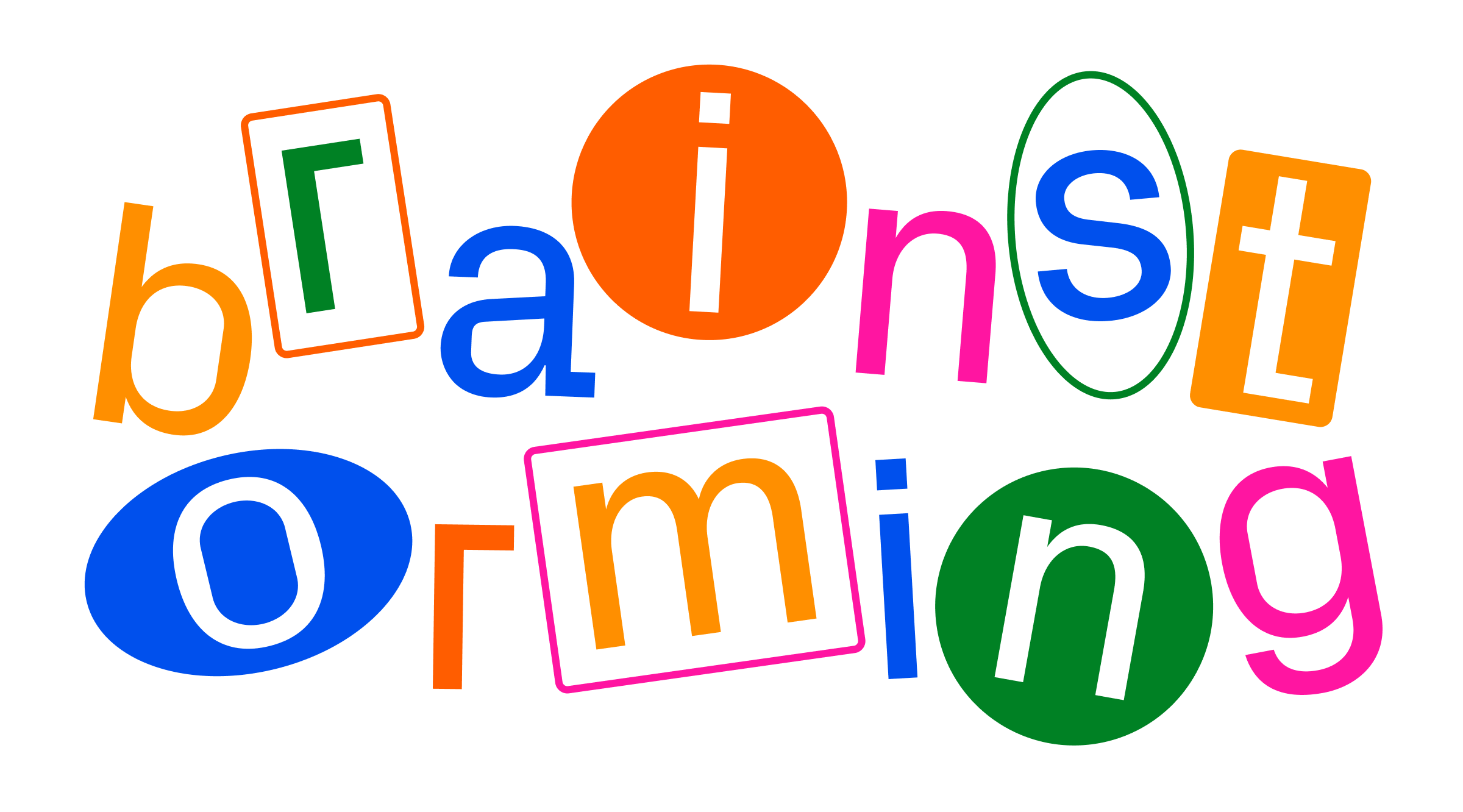Nailing effective brainstorming: pitfalls to avoid
Tips on keeping the team from wandering and focusing on what matters

Ever been in a brainstorming session where only a few people talk while the rest stay quiet? Or where everyone’s too tired by the end to think clearly? These common issues can make brainstorming less effective. In this piece, we’ll explore how to make sure your sessions lead to great ideas.
How brainstorming works for creatives
Brainstorming is like a playground for creatives—it helps to transform basic ideas into fresh and memorable concepts. It’s where ideas bounce around, evolve, and collide, and there are no wrong answers—every idea, no matter how wild, is welcome.
This is especially true in web design, like when you’re working on an editorial website. During a brainstorming session, the team—including an art director, designers, editors, and a creative producer—can share ideas about everything from how the content is laid out and the overall look to how the site will feel to users and what interactive features to add. The magic is in the combination of different experiences and viewpoints, so the team often comes up with ideas that are more creative and effective than what anyone could do on their own.
Factors important in brainstorming
The success of a brainstorming session often depends on key factors that can make or break the process:
Preparation. Before the session starts, it’s important to set the stage. Share some background materials or thought-starters, like articles or case studies, to get everyone thinking in advance.
Contribution. Make sure everyone feels comfortable sharing ideas. If only the loudest voices are heard, you miss out on the full range of creativity.
Structure. While brainstorming needs freedom, too much of it can lead to chaos. A bit of structure, like using timed sessions, helps keep ideas focused and productive.
Energy levels. If the group is tired or drained, creativity takes a hit. Timing your brainstorming sessions for when people are most alert—like mid-morning—can make a big difference in the quality of ideas generated.
One winning idea. After brainstorming, it’s key to identify the ideas with the most potential. For example, you can rank ideas based on criteria like impact, feasibility, or alignment with your goals. Tools like dot voting or a simple pros and cons list can help the team quickly spot the strongest ideas.
How to avoid mistakes in brainstorming
During brainstorming, it’s easy to fall into common traps that can derail the process. Here are some go-to tips to keep your sessions productive and creative.
Encourage diversity of thought
Create an environment where all ideas are given equal weight. Actively invite input from all team members, especially those who might be quieter. Try using something like the 6-3-5 technique, so no one takes over the conversation.
Also, don’t be afraid to get input from people who aren’t usually part of the creative side—they might have a totally different take that could be really valuable.
Set clear goals
Before you start, figure out what you want to achieve. Whether it’s solving a specific problem or generating a certain number of ideas, having a goal gives the session direction and helps keep things on track. Make sure to share these goals and put them somewhere visible for everyone during the brainstorming so they stay front and center.
Break it up
Instead of one long brainstorming session, try breaking it into smaller chunks. Start with a quick, free-form idea dump, then take a break before coming back to refine and build on the ideas.
You can also alternate between group brainstorming and using AI tools to generate fresh perspectives or fill in gaps.
Embrace imperfection
Remember, brainstorming is about generating ideas, not finding a perfect solution right away. Encourage your team to share even the rough ideas—they often lead to something great once they’re explored further.
Invite a facilitator
Having someone neutral guide the session can really help. A facilitator keeps the group on track, makes sure everyone gets a chance to speak, and helps smooth out any conflicts that might come up.
If you’re looking for more ways to boost your brainstorming, check out articles in our blog. We have plenty of ideas and techniques, like mindstorming, which adds more structure and depth to your sessions.